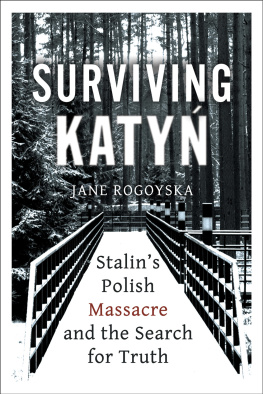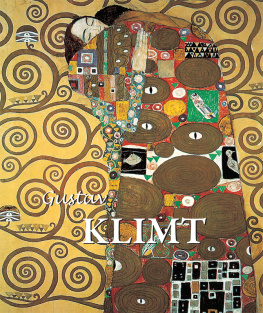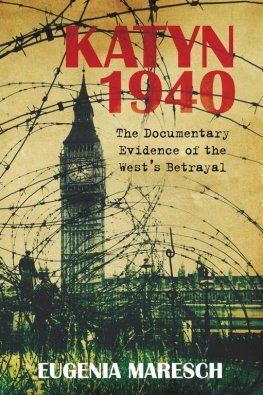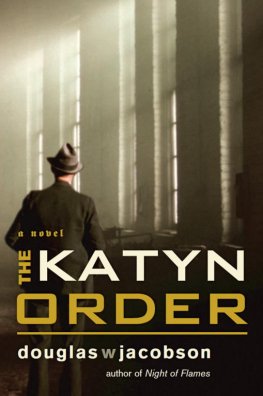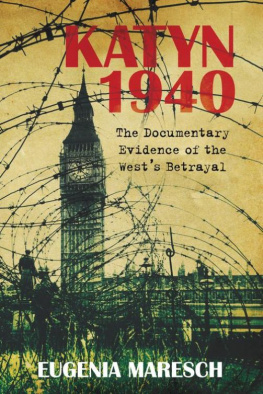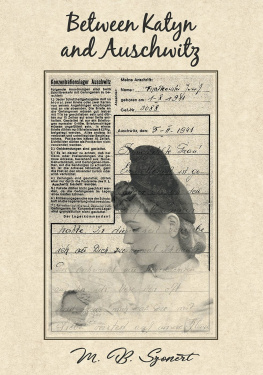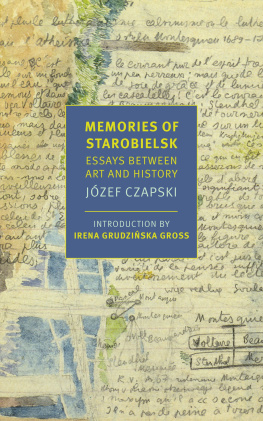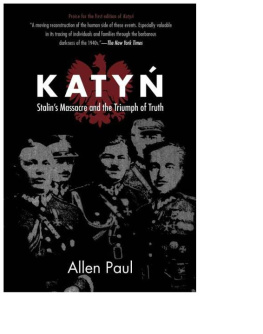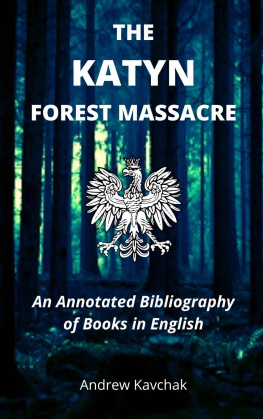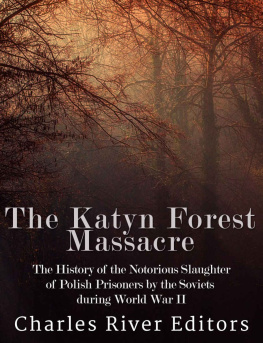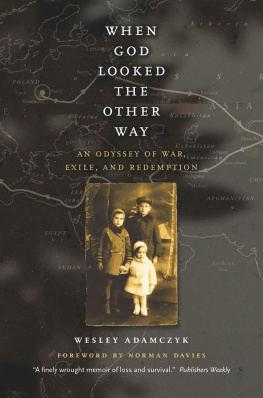The struggle of man against power is the struggle of memory against forgetting.
Note
Many people understandably assume that the term Katy or Katy Massacre refers to a single event. In fact, it is an umbrella term used to designate the murder of nearly 22,000 Polish prisoners of war, mainly but not uniquely officers of the Polish army, who were killed by the NKVD in different locations around the Soviet Union between April and May 1940 as a consequence of a direct order signed off by Stalin on 5 March 1940. In April 1943, the German army discovered the bodies of just over 4,000 of these prisoners in the Katy Forest near Smolensk in Russia, giving rise to the name.
Note on place names
Many of the place names featured in this book have changed several times over the course of recent history. For places featuring frequently in the text I have used the names used by the Poles during the period in which events occurred, thus present-day Lviv is Lww, Vilnius is Wilno. Others I have updated.
Note on Polish pronunciation
Polish names present a considerable challenge to the English reader, an embarrassment of consonants guaranteed to strike fear into the non-linguists heart. In fact, Polish is a logical language and once the rules are understood pronunciation is (relatively) simple. In the hope of easing the readers passage through this text I have included a basic phonetic guide to names that appear frequently:
J = y e.g. Jan = Yan, Jzef = Yoosef
W = v e.g. Zbigniew = Zbigniev, Godlewski = Godlevski
= w e.g. Mynarski = Mwynarski, Bronisaw = Broniswav, Stanisaw = Staniswav, Wadysaw = Vwadyswav
Cz = ch e.g. Czapski = Chapski
Sz = sh e.g. Peszkowski = Peshkovski, Szczypiorski = Shchypiorski
Dz = dj (+ i or e) e.g. Zdzisaw = Zdjeeswav
Rz = zh e.g. Jerzy = Yezhy
Ck = tsk e.g. Wokowicki = Vowkovitski
Preface
Imagine, if you will, several thousand men who have recently experienced a crushing defeat in battle. Of these, approximately half are professional soldiers; the others are reservists, officers who until only weeks ago were busily engaged in civilian professions as lawyers, engineers, teachers, politicians, journalists, scientists, writers, doctors, priests. All are men accustomed to be in control of their lives. Now bemused and bewildered, woefully tragically out of their depth, they face a new and inscrutable enemy: not soldiers with guns but officers of the NKVD, highly-trained professionals whose methods of operation are mystifying, whose special skill is the control of a population through terror.
The barest of facts about the 1940 Katy Massacre are easily summarised: on 17 September 1939, just two weeks after Britain and France declared war on Nazi Germany following its invasion of Poland from the west, the Red Army invaded from the east. No declaration of war was made. Thousands of members of the Polish armed forces were captured as they retreated from the German onslaught, then taken to prison camps across the Soviet Union. After several weeks the enlisted men and NCOs were sent home, leaving behind some 14,800 officers, police and border guards imprisoned in three special NKVD-run prisoner of war camps at Kozelsk, near Smolensk in Russia; Starobelsk, near Kharkov (Kharkiv) in Ukraine; and Ostashkov, near Kalinin (now Tver) in Russia. For seven months the men were questioned by NKVD interrogators, their loyalties probed, their susceptibility to communist conversion tested.
In AprilMay 1940 all but 395 of these men were murdered in the strictest secrecy on the direct orders of the head of the NKVD, Lavrenty Beria, signed off by Stalin. It was not until April 1943, when the USSR and Germany were no longer allies and the German army had advanced into Soviet territory, that the Nazis discovered mass graves in the Katy Forest near Smolensk. The bodies were those of 4,000 Polish officers previously held in Kozelsk camp.
This shocking revelation led to one of the most bitterly-fought propaganda battles of World War II. While the Nazis sought to divide the Allies with evidence of Bolshevik bestiality, the Soviets pointed the finger at Hitlers fascist hangmen, claiming the massacre had taken place not in 1940 but 1941, when the Smolensk area was under Nazi control. Given the Allied position of dependence on Stalin to win the war against Hitler, neither Britain nor the US dared challenge the Soviet version of events. So the story was allowed to stand: the Katy Massacre officially became a Nazi crime, complete with fake dates and fake monuments. The fate and whereabouts of the missing prisoners of Starobelsk and Ostashkov camps remained a mystery until the collapse of communism in 1990, when Soviet president Mikhail Gorbachev finally acknowledged Katy as a Stalinist crime and handed over relevant NKVD documents to the Polish president, General Wojciech Jaruzelski. The bodies of the prisoners of Starobelsk camp were revealed to be buried in Piatykhatky Park near Kharkov, those of the prisoners of Ostashkov in Mednoye, near Tver. Researchers have subsequently increased the total number of victims to nearly 22,000 (21,857 to be precise), including 7,300 Polish officers who were held in prisons in Ukraine and Belorussia and murdered under the same order.
Knowledge of the Katy Massacre in the West is fading fast. Many people have never heard of it; those who have are often familiar only with the basic outlines of the story. In Poland, by contrast, Katy remains deeply controversial, a source of national pain and a continuing bone of contention between Russia and Poland in which politics plays a prominent role. Nazi crimes have been examined and laid bare in all their brutal detail; apologies and reparations made and paid. By contrast, the decades of enforced silence on the subject of Soviet misdeeds have left this period of history live and incomplete. There are still gaps to be filled in, scores to be settled. The legacy of resentment and mistrust continues to play out across eastern Europe.
So why should we care about Katy now? As the British Permanent Undersecretary for Foreign Affairs, Sir Alexander Cadogan, pointed out in 1943, the death of a few thousand Poles at the hands of the NKVD is a drop in the ocean compared to the millions of Soviet citizens murdered by Stalin. Indeed, the number of Polish citizens who died as a result of the Soviet deportations of 194041 was infinitely greater, in the hundreds rather than the tens of thousands. Among the many crimes of the Stalinist era one might question why Katy has come to hold such symbolic importance.
The methods employed by the Stalinist state to dispose of its enemies were many and various: show trials, executions, labour camps take your pick, the list is long. But even by those brutal standards the organised murder of thousands of foreign nationals held not as criminals but as prisoners of war was unusual. The NKVD might dispatch foreign individuals to the Gulag, they might assassinate them, but they did not generally deliberately eliminate them en masse (that was a fate reserved for Soviet citizens). The men in question belonged to Polands elite. Their loss wiped out a generation of thinkers, politicians, soldiers, artists. The massacre formed part of a wider Stalinist strategy aimed at removing anyone who might conceivably pose a threat to the imposition of future Soviet rule in Poland a decapitation of Polish society strikingly similar to Nazi policy in occupied Poland at the same time. The symbolism of their deaths is powerful enough, memorable and disturbing. But what really makes Katy stand out from other, equally murderous, crimes, and what makes it so relevant today, is what we might call the lie.

